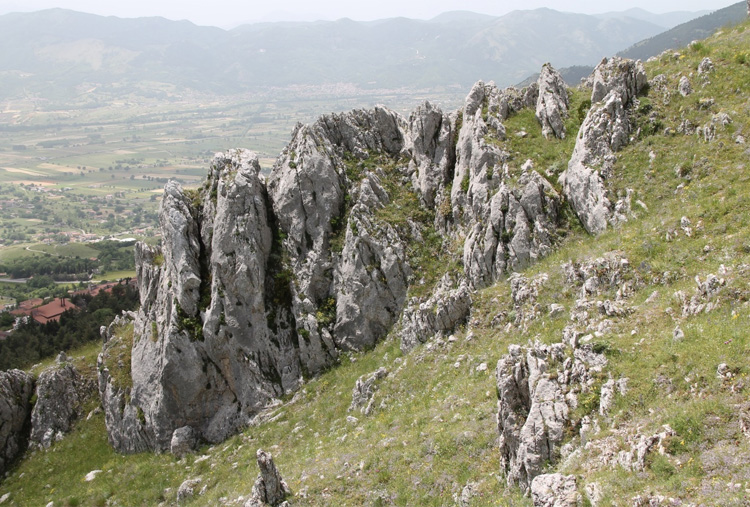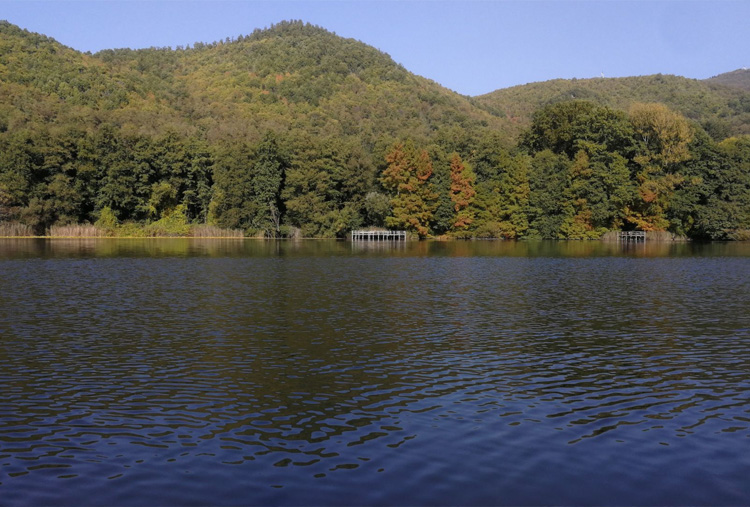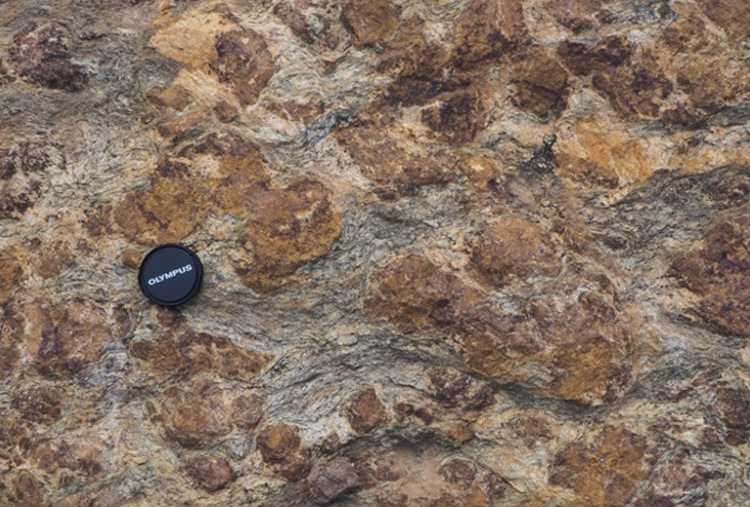The Geoscience paradigm: resources, risk and future perspectives
Potenza, 19-21 settembre 2023
Field Trips
Pre Congress field trips

FT1. Storage and migration fluid properties of carbonate rocks exposed in the Sorrentino Peninsula and High Agri Valley of southern Italy
Field leader(s):
Fabrizio Agosta, Università della Basilicata
Stefano Tavani, Università Federico II di Napoli
tinerary Day 1: Naples central railway station (departure at noon), - Moiano (stop 1), Moiano (stop 2), Villaggio Faito (stop 3), accomodation at the Agrituristica La Ginestra (Santa Maria del Castello, NA).
Itinerary Day 2: departure from the Agrituristica La Ginestra, Villa d'Agri village (stop 1), Marsicovetere village (stop 2), Santuario Madonna di Viggiano (stop 3), Potenza railway station (arrival at 7PM).
Date: 17-18 September 2023
Duration: 1 night, three meals
Costs (all included): € 150
The field trip runs through the Mesozoic carbonates pertaining to the Apenninic Platform exposed at the Sorrentino Peninsula and High Agri Valley of southern Italy. The first day will be dedicated to visit the carbonates at cropping out the former site. The first stop will consist on the panoramic view of the Cretaceous, syn-sedimentary normal fault solving up to 250 m of throw. The second and third stops will focus on the background fracture network crosscutting the Cretaceous carbonates, specifically on both strata-bound and through-going sub-vertical joints. Bedding-perpendicular barren joints evolving from strata-bound to through-going joints The second day will be dedicated to the visit of the platform carbonates exposed along the eastern flank of the High Agri Valley. The three stops will be dedicated to the visit of outcrops exposing the inner structures of a low-angle normal fault juxtaposing late Triassic dolomitic limestone against Upper Jurassic limestone (Stop 1), the original fracture stratigraphy of both lagoonal and oolithic Lower Jurassic carbonates (Stop 2), and the pervasive high-angle faults and fractures dissecting Upper Cretaceous massive limestone including rudist fragments (Stop 3).

FT3. Travelling around Mount Vulture: geochemical, petrographic and volcanological topics of an anomalous Volcano
Field leader(s):
Michele Paternoster, Dipartimento di Scienze - Università degli Studi della Basilicata Giovanna Rizzo, Dipartimento di Scienze - Università degli Studi della Basilicata Antonio Caracausi, Istituto Nazionale di Geofisica e Vulcanologia, Sezione di Palermo Marco Viccaro, Dipartimento di Scienze Biologiche, Geologiche ed Ambientali - Università degli Studi di Catania Gabriele Carnevale, Dipartimento di Scienze della Terra e del Mare - Università degli Studi di Palermo
Itinerary: Departure from Potenza at 8:30 AM.
Stop 1 - Rionero in Vulture: first panoramic and introductive stop;
Stop 2 - Monticchio Lakes: description of the geochemical characteristics of the maar lakes waters;
Stop 3 - Panoramic view of the Monticchio Lakes and Visit to the Museum of Natural History of Vulture, housed in St. Michael's Abbey;
Stop 4 - Gaudianello outcrop;
Stop 5 - Eruptive centre of the Melfi Subsynthem where haüyne crystals occur in the lava flow with columnar structures.
Stop 6: Visit to a Vulture winery for Aglianico wine tasting
Return to Potenza around 8:30 PM
Date: 17 September 2023
Duration: 7 hours
Costs (all included): € 50
Mount Vulture is a composite volcano not currently active, which is located at the easternmost border of the Apennine Chain (Southern Italy) in a very peculiar geodynamic position. The volcanic rocks cover an area of approximately 150 km2, and are the result of the explosive and effusive activities that took place from the middle Pleistocene on. Mount Vulture hosts two lakes occupying two maar craters separated by only 200 m. These lakes are characterised by intense CO2 degassing. During the field activities, information on the origin of the magmatism, eruption styles, the mineralogical and petrographic characteristics of volcanic products and geochemical characteristics of two adjacent maar lakes waters (conductivity–temperature–depth profiles, major ions, isotopic composition and dissolved gas content) will be illustrated. The field activity is subdivided in two parts: the first one is devoted to the observation and discussion of volcanological-petrographical and mineralogical features of volcanic rocks. The second relates to the water geochemistry and the knowledge of the water-rock interaction process, gases origin and limnological and geochemical aspects of the Monticchio Lakes waters. In addition to the scientific activities, it will be possible to visit the Museum of Natural History of Vulture, housed in St. Michael's Abbey and taste excellent wine.
Post Congress field trip

FT7. The Tethyan Ocean-Continent transition from the Pollino area to the Serre Massif
Field leader(s):
Giacomo Prosser, University of Basilicata
Antonio Langone, University of Pavia
Alfredo Caggianelli, University of Bari
Giovanna Rizzo, University of Basilicata
Itinerary:
Friday 22 September: slices of continental crust and ophiolites in the Pollino area
1) Cropani: description of continental crust fragments (gneiss, albitic gneiss and amphibolites).
2) Timpa delle Murge and Timpa Pietrasasso: description of the ophiolitic sequence; relationship with the outcropping metasedimentary units.
Saturday 23 September: The lower continental crust of Calabria in the Serre Massif
1) Acconia Quarry: hornblendites and garnet gabbros tectonically overlying fine-grained orthogneiss of the Castagna Unit along the Curinga-Girifalco Line. The basal, mafic part of the lower continental crust could be possibly observed also in a further stop at the Turrina quarry (near Curinga).
2) Amaroni: migmatitic paragneiss with centimetric garnets belonging to the metapelitic portion of the lower continental crust.
3) Petrizzi, and probably Argusto: migmatitic paragneiss with cordierite and veins of peraluminous granites (metapelitic top level of the lower continental crust).
Sunday 24 September: Granitoids of the Serre Massif
1) Granitoids of the intermediate crust: foliated, biotite-amphibolite bearing tonalites at the Squillace castle and, possibly, at Cava Madonna. Biotite tonalites with rare amphibole at the Pietra Grande beach (Montauro). LUNCH.
2) 2 pm: departure for the Lamezia airport, Potenza (A3) and Bari (along the Ionian Road).
Date: 22-23-24 September 2023
Duration: 3 days
Costs (all included): € 290
This field trip aims to perform a comparison between the Slices of the continental crust of the "Calabride" complex exposed in the Pollino area and the lower continental crust exposed in the Serre area. This will allow discussions on the composition and the evolution of the middle-lower continental crust exposed in Calabria and how this crustal section has been stretched and fragmented during the Jurassic to form the ocean-continent transition exposed in the Pollino area. Further topics will include the tectono-metamorphic evolution of the continental crust of Calabria in the frame of the Alpine orogeny and the related deformation observed at the ocean-continent transition.